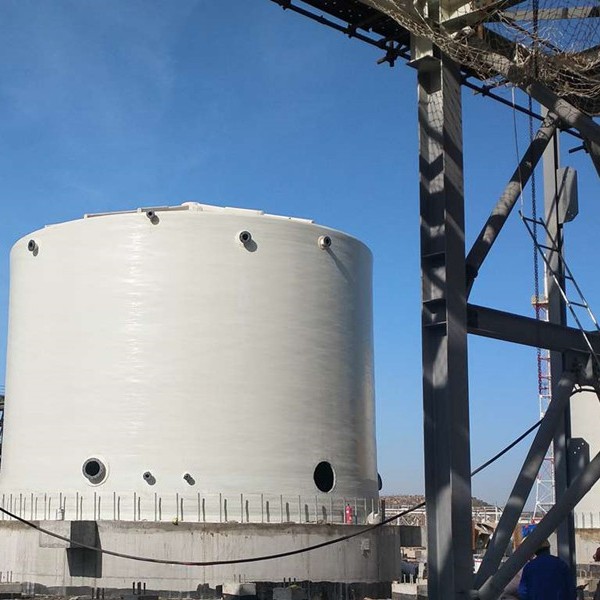
-
 Afrikaans
Afrikaans -
 Albanian
Albanian -
 Amharic
Amharic -
 Arabic
Arabic -
 Armenian
Armenian -
 Azerbaijani
Azerbaijani -
 Basque
Basque -
 Belarusian
Belarusian -
 Bengali
Bengali -
 Bosnian
Bosnian -
 Bulgarian
Bulgarian -
 Catalan
Catalan -
 Cebuano
Cebuano -
 China
China -
 China (Taiwan)
China (Taiwan) -
 Corsican
Corsican -
 Croatian
Croatian -
 Czech
Czech -
 Danish
Danish -
 Dutch
Dutch -
 English
English -
 Esperanto
Esperanto -
 Estonian
Estonian -
 Finnish
Finnish -
 French
French -
 Frisian
Frisian -
 Galician
Galician -
 Georgian
Georgian -
 German
German -
 Greek
Greek -
 Gujarati
Gujarati -
 Haitian Creole
Haitian Creole -
 hausa
hausa -
 hawaiian
hawaiian -
 Hebrew
Hebrew -
 Hindi
Hindi -
 Miao
Miao -
 Hungarian
Hungarian -
 Icelandic
Icelandic -
 igbo
igbo -
 Indonesian
Indonesian -
 irish
irish -
 Italian
Italian -
 Japanese
Japanese -
 Javanese
Javanese -
 Kannada
Kannada -
 kazakh
kazakh -
 Khmer
Khmer -
 Rwandese
Rwandese -
 Korean
Korean -
 Kurdish
Kurdish -
 Kyrgyz
Kyrgyz -
 Lao
Lao -
 Latin
Latin -
 Latvian
Latvian -
 Lithuanian
Lithuanian -
 Luxembourgish
Luxembourgish -
 Macedonian
Macedonian -
 Malgashi
Malgashi -
 Malay
Malay -
 Malayalam
Malayalam -
 Maltese
Maltese -
 Maori
Maori -
 Marathi
Marathi -
 Mongolian
Mongolian -
 Myanmar
Myanmar -
 Nepali
Nepali -
 Norwegian
Norwegian -
 Norwegian
Norwegian -
 Occitan
Occitan -
 Pashto
Pashto -
 Persian
Persian -
 Polish
Polish -
 Portuguese
Portuguese -
 Punjabi
Punjabi -
 Romanian
Romanian -
 Russian
Russian -
 Samoan
Samoan -
 Scottish Gaelic
Scottish Gaelic -
 Serbian
Serbian -
 Sesotho
Sesotho -
 Shona
Shona -
 Sindhi
Sindhi -
 Sinhala
Sinhala -
 Slovak
Slovak -
 Slovenian
Slovenian -
 Somali
Somali -
 Spanish
Spanish -
 Sundanese
Sundanese -
 Swahili
Swahili -
 Swedish
Swedish -
 Tagalog
Tagalog -
 Tajik
Tajik -
 Tamil
Tamil -
 Tatar
Tatar -
 Telugu
Telugu -
 Thai
Thai -
 Turkish
Turkish -
 Turkmen
Turkmen -
 Ukrainian
Ukrainian -
 Urdu
Urdu -
 Uighur
Uighur -
 Uzbek
Uzbek -
 Vietnamese
Vietnamese -
 Welsh
Welsh -
 Bantu
Bantu -
 Yiddish
Yiddish -
 Yoruba
Yoruba -
 Zulu
Zulu
Durable Fiberglass Fittings for Efficient Plumbing and Construction Solutions
Understanding Fiberglass Fittings Applications, Benefits, and Maintenance
Fiberglass fittings have emerged as a crucial component in a wide range of industries, from construction to marine applications. These fittings, made from a composite of glass fibers and resin, offer a plethora of advantages over traditional materials such as metal or PVC. This article will delve into the characteristics of fiberglass fittings, their applications, benefits, and some tips for maintenance.
What are Fiberglass Fittings?
Fiberglass fittings are manufactured by combining glass fibers with a resin matrix, resulting in components that are lightweight, strong, and resistant to a variety of environmental factors. The production of these fittings involves a process called pultrusion or filament winding, where the glass fibers are drawn through the resin and then cured. This results in components that can be molded into different shapes like elbows, tees, flanges, and custom fittings, making them versatile for extensive applications.
Applications of Fiberglass Fittings
Fiberglass fittings are widely utilized due to their robust nature and adaptability. Here are some notable applications
1. Plumbing Systems In plumbing, fiberglass fittings are used for piping systems that transport water, waste, and chemicals. Their resistance to corrosion makes them ideal for both residential and industrial plumbing.
2. Marine Industry Given their lightweight and durable nature, fiberglass fittings are commonly used in boats and ships. They are ideal for hull fittings, plumbing, and electrical conduits where exposure to water and salt can cause significant wear and tear on traditional materials.
3. Chemical Processing Fiberglass fittings are resistant to many chemicals, which makes them suitable for piping in chemical plants. They can handle the rigors of transporting corrosive substances without degrading over time.
4. Construction In construction projects, these fittings can be used for reinforced composite structures, where strength and durability are paramount. Their non-conductive properties also make them useful in electrical installations.
5. Drainage Systems Many drainage systems benefit from fiberglass fittings due to their resistance to the breakdown caused by sewage and industrial waste.
Benefits of Fiberglass Fittings
The popularity of fiberglass fittings can be attributed to several advantages
fiberglass fitting

- Corrosion Resistance Fiberglass is virtually immune to rust and corrosion, making it a long-lasting choice for various applications, especially in harsh environments
.- Lightweight Compared to metal fittings, fiberglass fittings are significantly lighter, which facilitates easier handling and installation.
- Strong and Durable When properly manufactured, fiberglass fittings exhibit excellent tensile strength, allowing them to withstand considerable pressure and stress without failure.
- Low Thermal Conductivity Fiberglass is a poor conductor of heat, which helps prevent heat loss in pipe systems and enhances energy efficiency.
- Cost-Effective While the initial investment may be higher than traditional materials, the longevity and low maintenance of fiberglass fittings can lead to cost savings over time.
Maintenance of Fiberglass Fittings
While fiberglass fittings require less maintenance than their metal counterparts, some care is still necessary to ensure long-term performance
1. Regular Inspections Check fittings regularly for signs of wear, cracks, or discoloration. Early detection can prevent more significant issues later on.
2. Cleanliness Keep fittings clean, especially in plumbing systems, to avoid buildup that could lead to blockages. Use a soft cloth and avoid abrasive cleaners that can scratch the surface.
3. Proper Installation Ensure that fiberglass fittings are installed correctly to avoid stress fractures. Follow manufacturer guidelines and consult professionals if necessary.
4. Avoid Excessive Heat While fiberglass is resistant to heat, excessive temperatures can still cause damage. Ensure that fittings are not exposed to temperatures beyond their rated limits.
In conclusion, fiberglass fittings are an innovative solution that provides remarkable benefits across various sectors. From their lightweight and durable nature to their extensive applications in plumbing, marine, and chemical industries, their contribution to modern engineering and construction cannot be understated. As technology advances, the use of fiberglass fittings is likely to grow, solidifying their place in the future of industrial applications.









